![]()
Nationwide Geographic’s particular Space issue is obtainable now, full of fantastic tales and pictures all about area. From articles about how the James Webb Space Telescope is rewriting astronomy and astrophysics to humankind’s return to the Moon as a part of the NASA Artemis mission, the NatGeo area situation has one thing for everybody with curiosity within the universe.
Lunar Exploration Builds Upon Wealthy Historical past to Chart Thrilling Future
PetaPixel has spoken with Kurt Mutchler, Senior Picture Editor, Nationwide Geographic, concerning the area situation and a particular article about how researchers from NASA, Korea Aerospace Analysis Institute, and Arizona State College use the unimaginable ShadowCam instrument to check the Moon’s darkest and most mysterious regions.
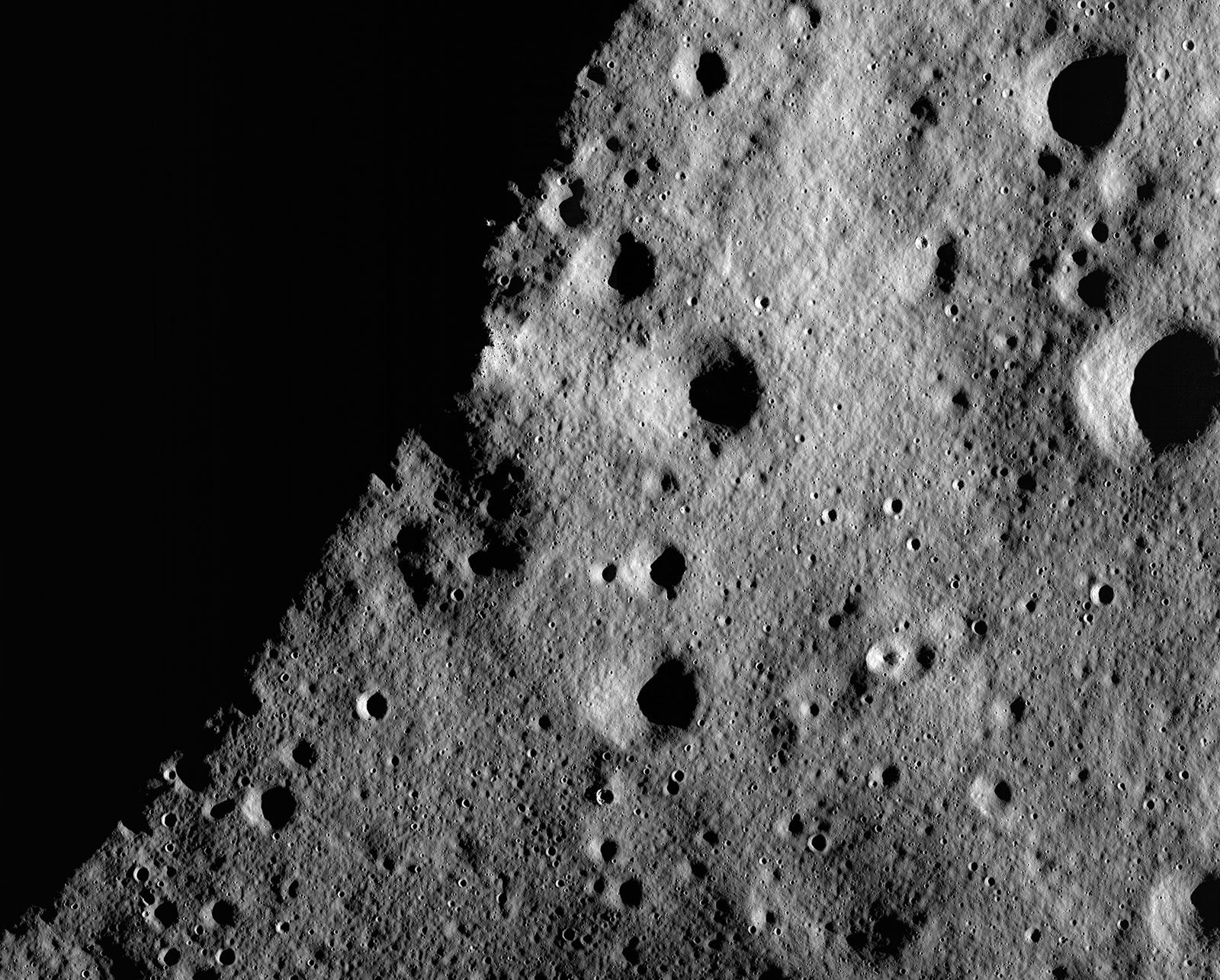
“Till now, scientists couldn’t see some areas close to the Moon’s mysterious south pole. However new expertise has lit up pockets shrouded in everlasting darkness, among the many coldest locations in the whole photo voltaic system. A brand new picture is giving scientists a view of certainly one of these darkened craters earlier than astronauts are scheduled to the touch down close by in the course of the Artemis III mission in 2025,” writes Nat Geo’s Jay Bennett.
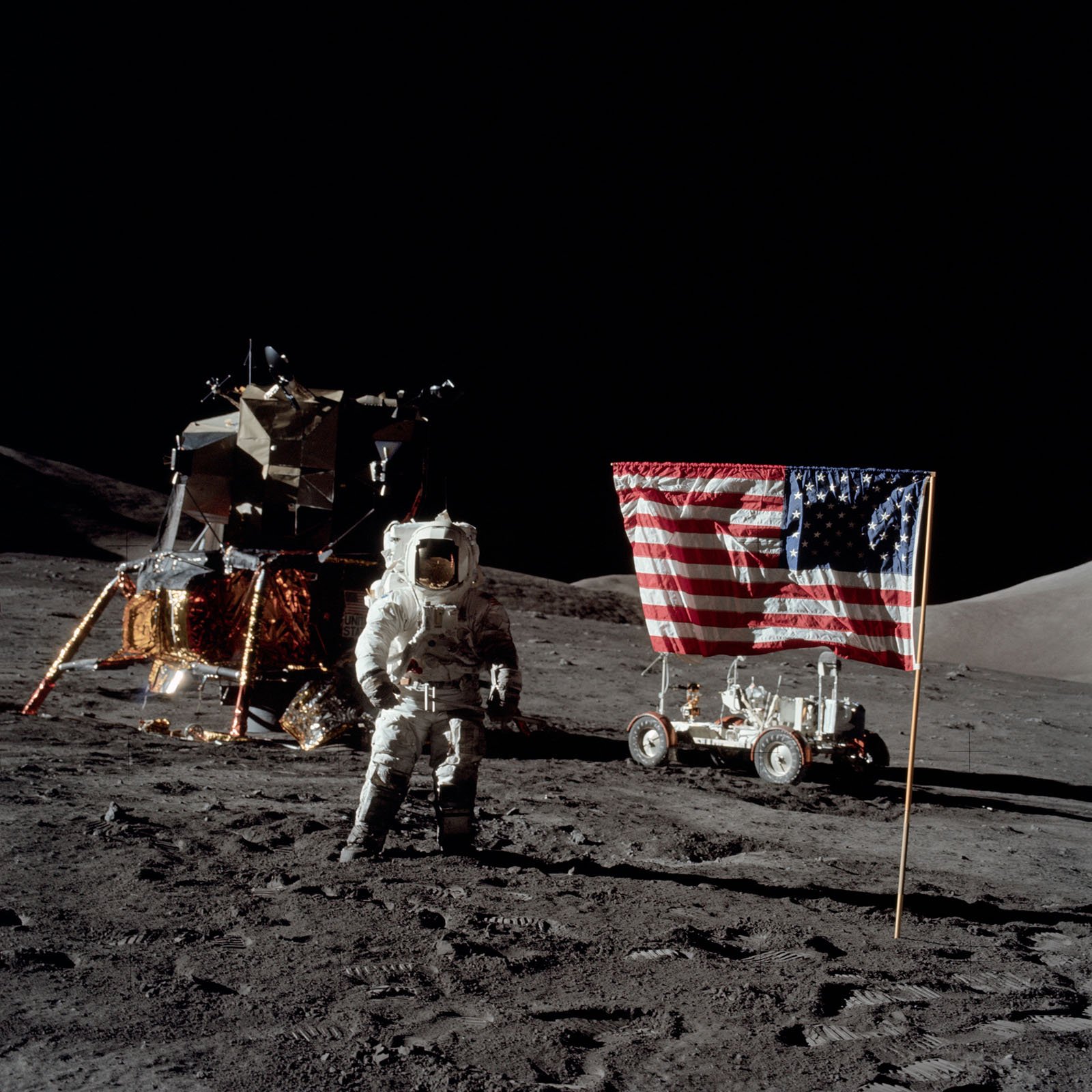
The Moon Continues to Enchant and Fascinate
At first blush, the Moon could appear a bit mundane in comparison with a few of the cosmological topics scientists observe utilizing devices like Webb, a few of that are seen as they appeared billions of years in the past, however folks ought to not low cost the surprise of the Moon simply because it’s comparatively shut by — roughly 240,000 or so miles (385,000 kilometers) from Earth on common. Whereas that’s nonetheless remarkably far, it’s extremely shut on a galactic or common scale.
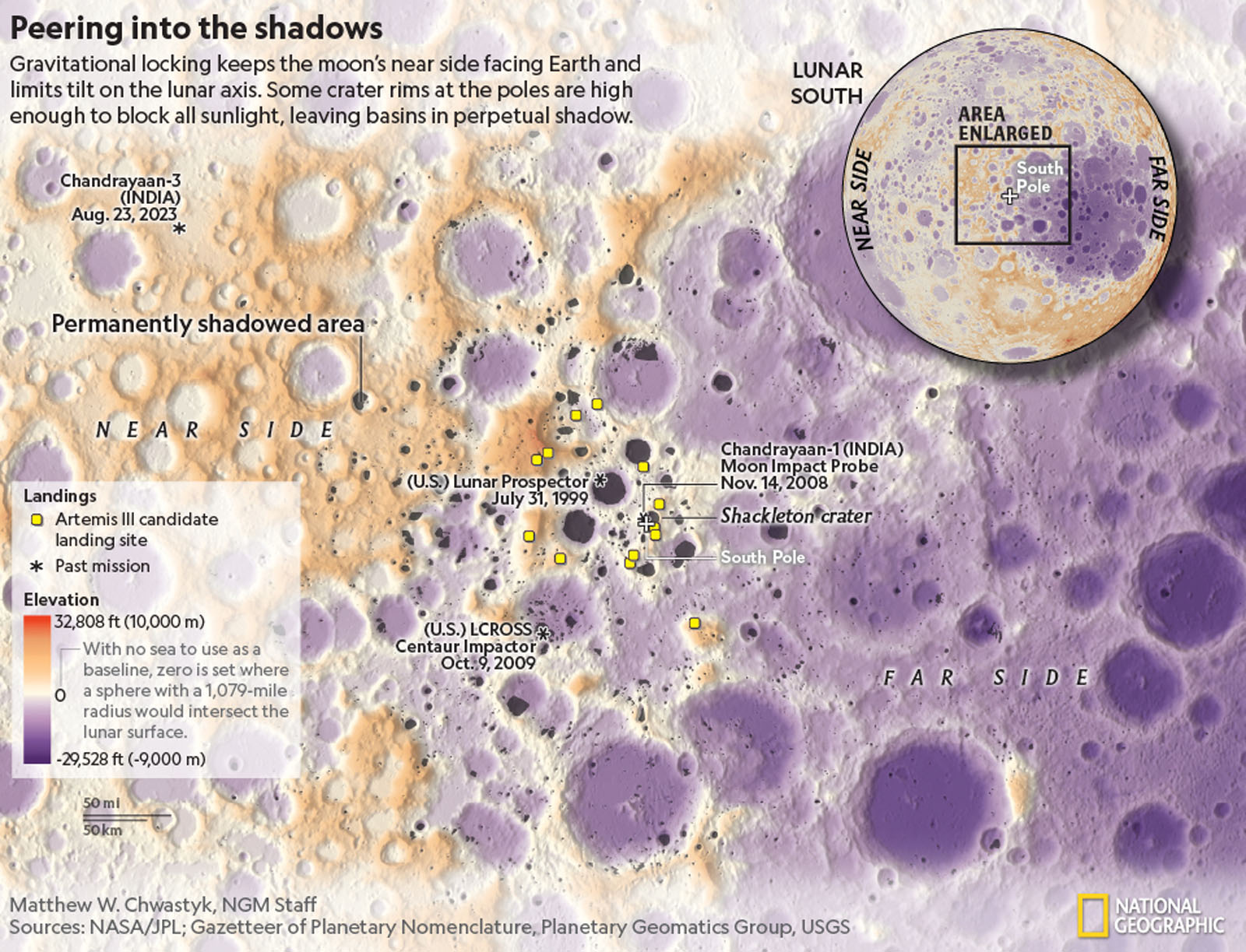
Nevertheless, regardless of being simply seen to all people who ever walked the Earth, the Moon continues to enchant folks to this present day. When Neil Armstrong grew to become the primary particular person to set foot on the Moon on July 20, 1969, virtually the whole world was watching. That first step and the following journeys to the Moon haven’t accomplished a lot to tarnish the satellite tv for pc’s mystique.
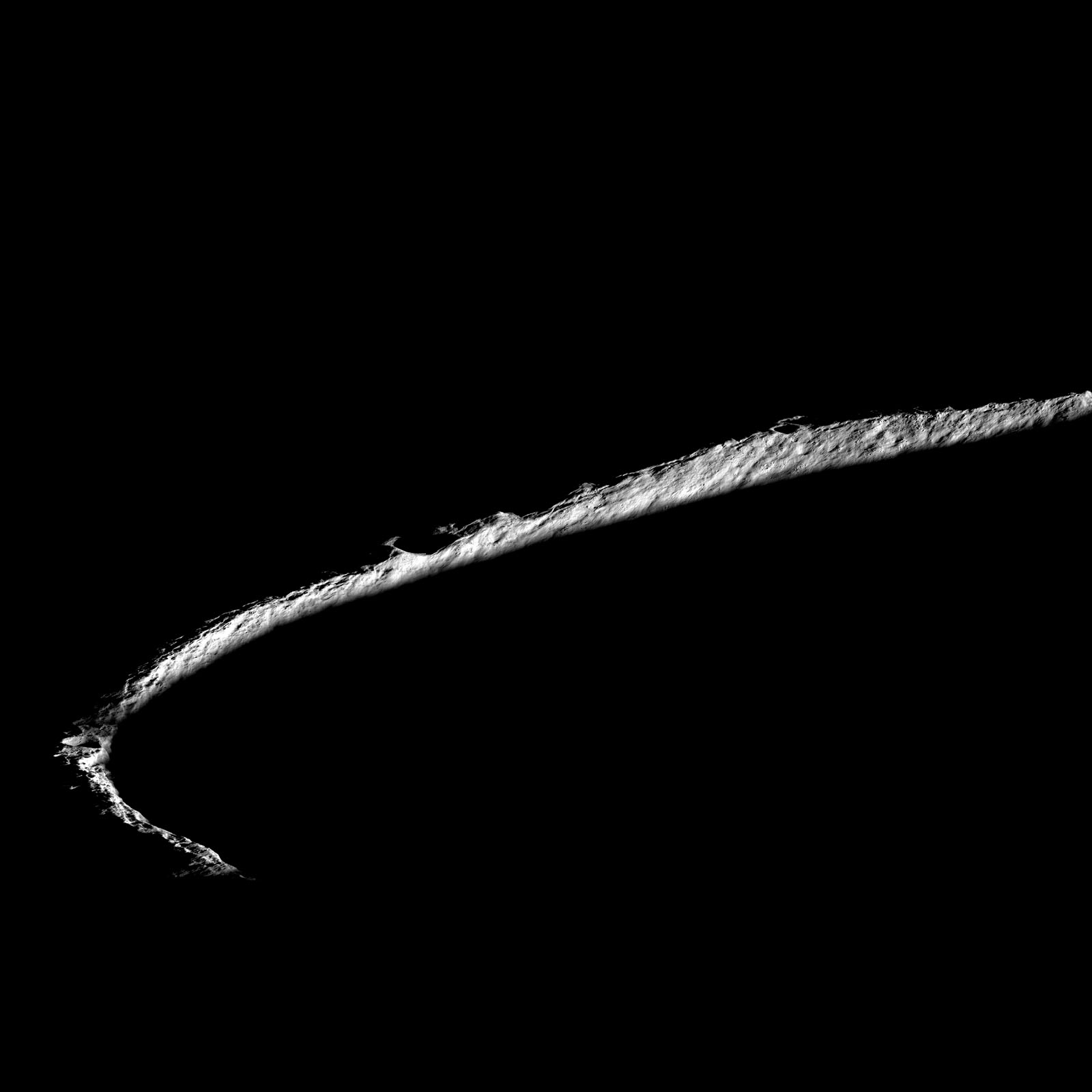
“Prepare for extra tantalizing photographs of the moon as a collection of recent machines (and people) is slated to land within the subsequent few years,” Mutchler tells PetaPixel. “ShadowCam, the genius of Mark Robinson at Arizona State College and the digital camera builders at Malin Area Science Methods (thanks, Michael Ravine!), is capturing low mild to disclose the mysteries of the completely shadowed areas on the lunar south pole. One of many causes the Moon is charming is as a result of we will see it fairly properly with the bare eye as did painter Jan van Eyck in his scientifically correct portray of the Moon in 1441.”
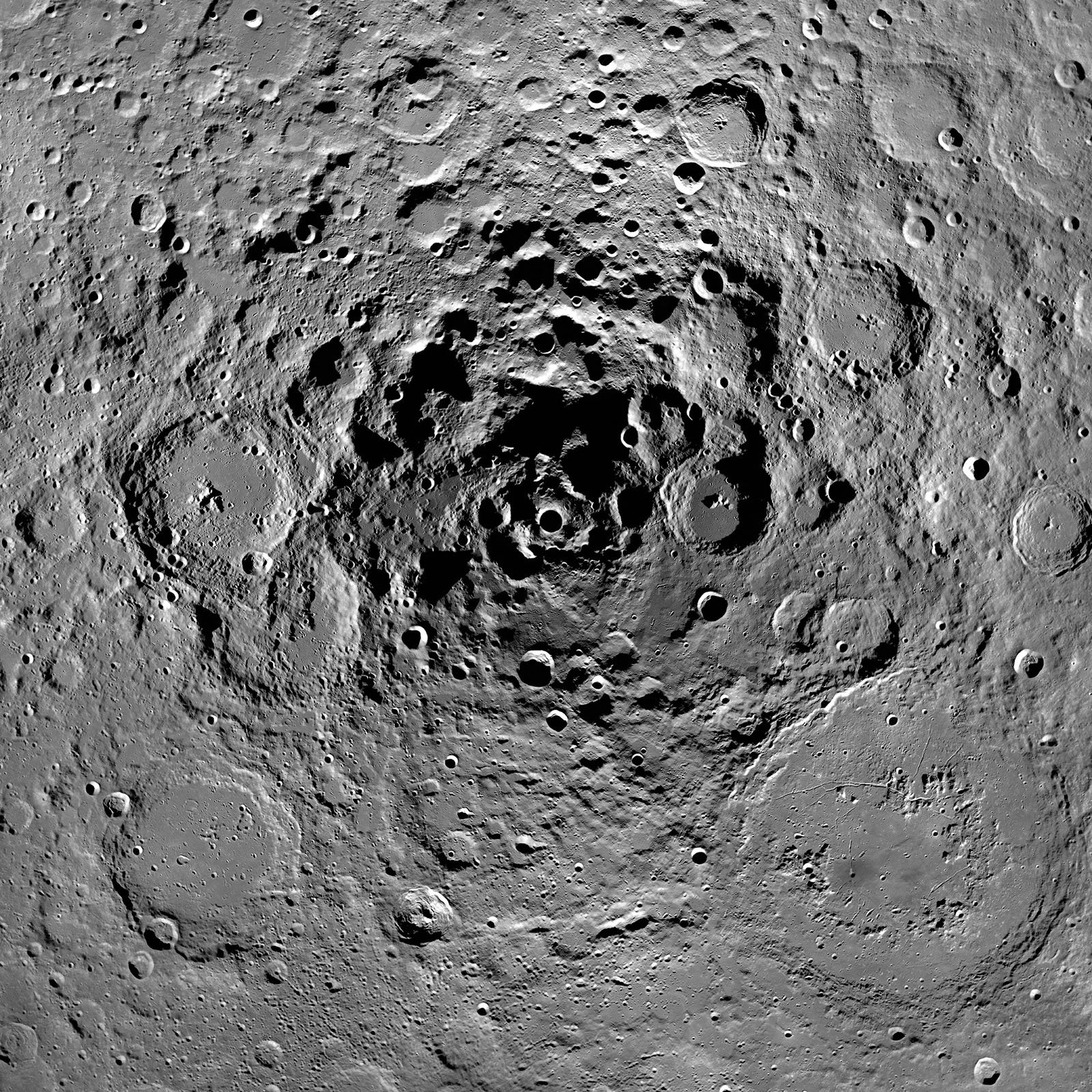
ShadowCam permits scientists to see the considerably acquainted Moon in a brand new approach with never-before-seen element. It additionally permits folks to view areas of the Moon which have by no means been checked out earlier than, at the least not with a lot constancy.
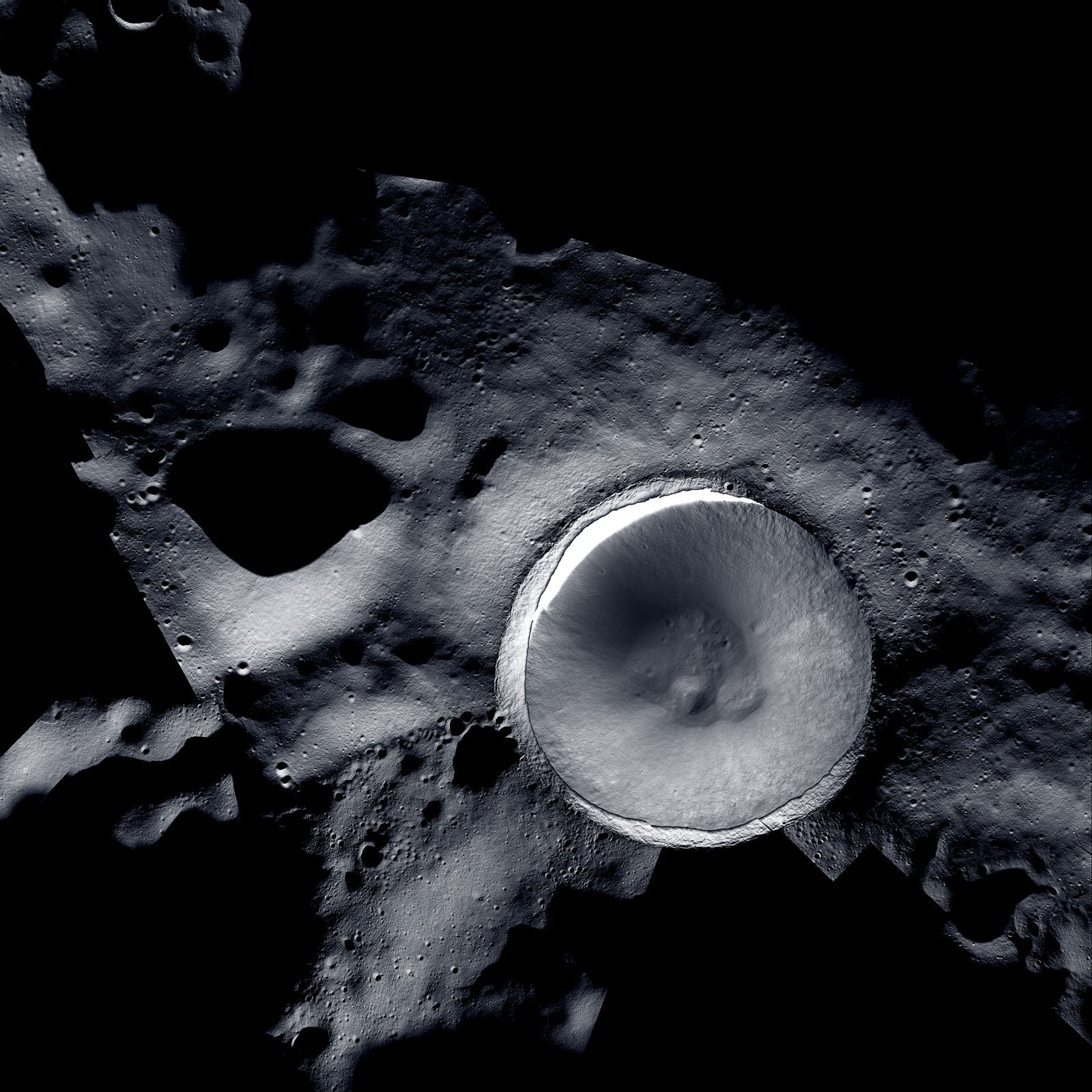
We Are Dwelling within the Golden Age of Area Pictures
This innovation is just not distinctive to ShadowCam and the way folks can view the Moon, both, as ShadowCam is a part of a major renaissance in area imaging expertise.
“JWST is revolutionizing astronomy by means of its infrared eyes — a wavelength that we can’t see — and its big mirror (21 ft 4 inches to the Hubble Area Telescope’s seven ft 9 inches) to gather mild. It’s the newest technological marvel to permit us to see the ‘outdated’ in new mild and the ‘new’ we have now by no means seen earlier than,” Mutchler explains.
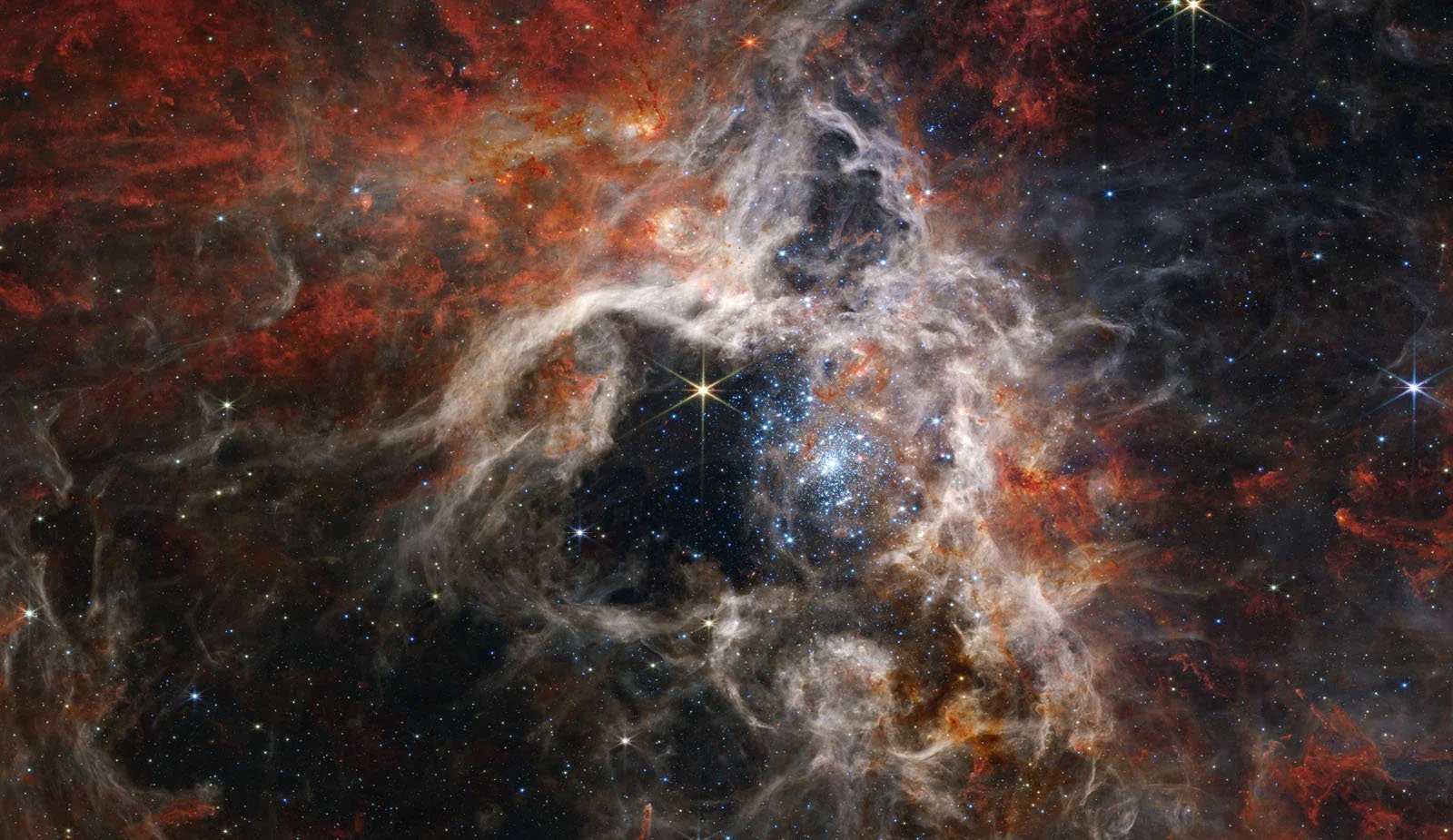
“We knew we would have liked to incorporate in our area situation the newest photographs from the JWST, however we additionally used photographs from Hubble, Gemini North telescope, Daniel Okay. Inouye Photo voltaic Telescope, MeerKAT radio telescope, Perseverance rover, Cassini and Huygens spacecraft, Occasion Horizon Telescope, Lunar Reconnaissance Orbiter, and ShadowCam onboard the South Korean spacecraft Danuri. We additionally despatched photographers Dan Winters, Carsten Peter, Kenny Broad, and Chris Gunn to {photograph} behind-the-scenes occasions to deliver a novel perspective to our tales.”
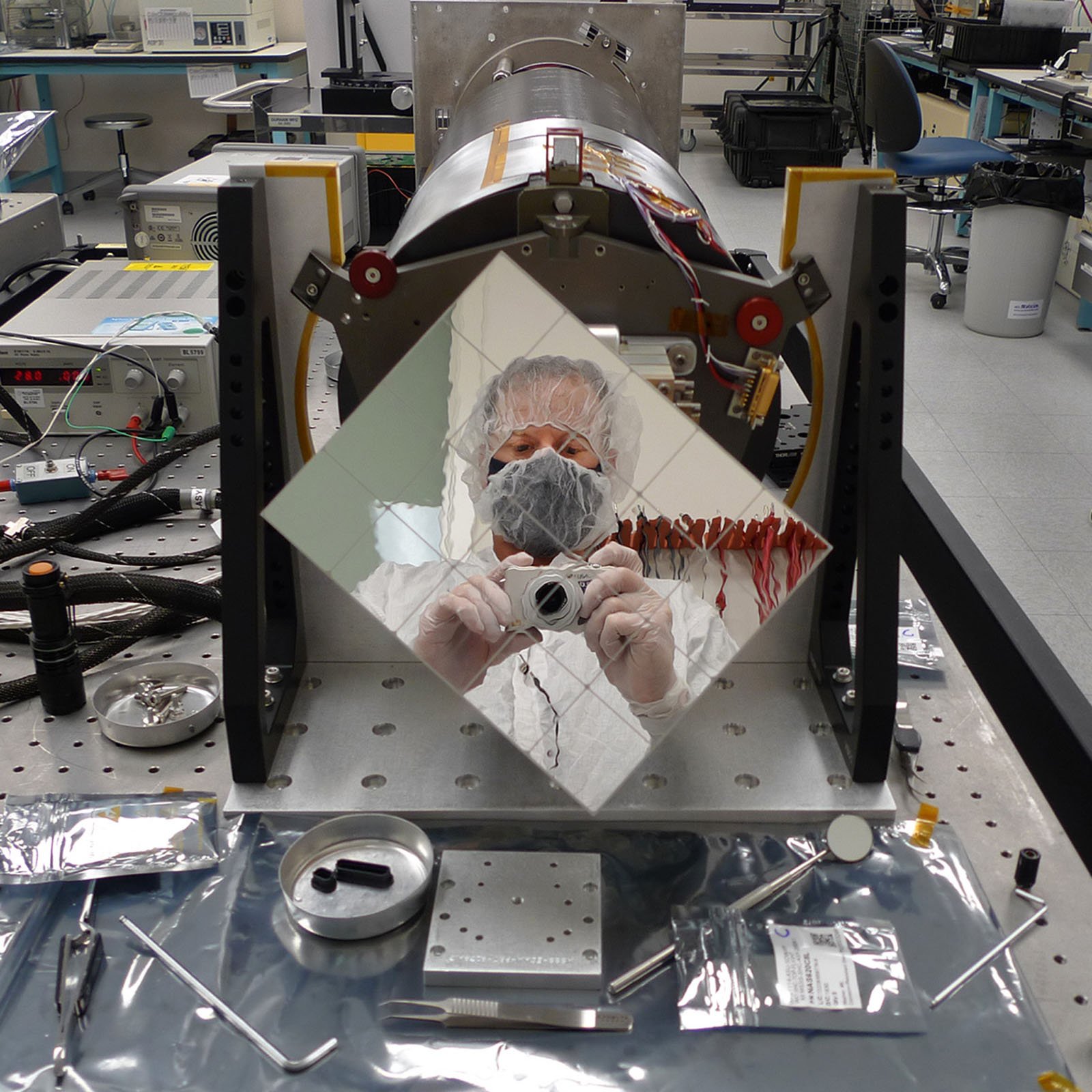
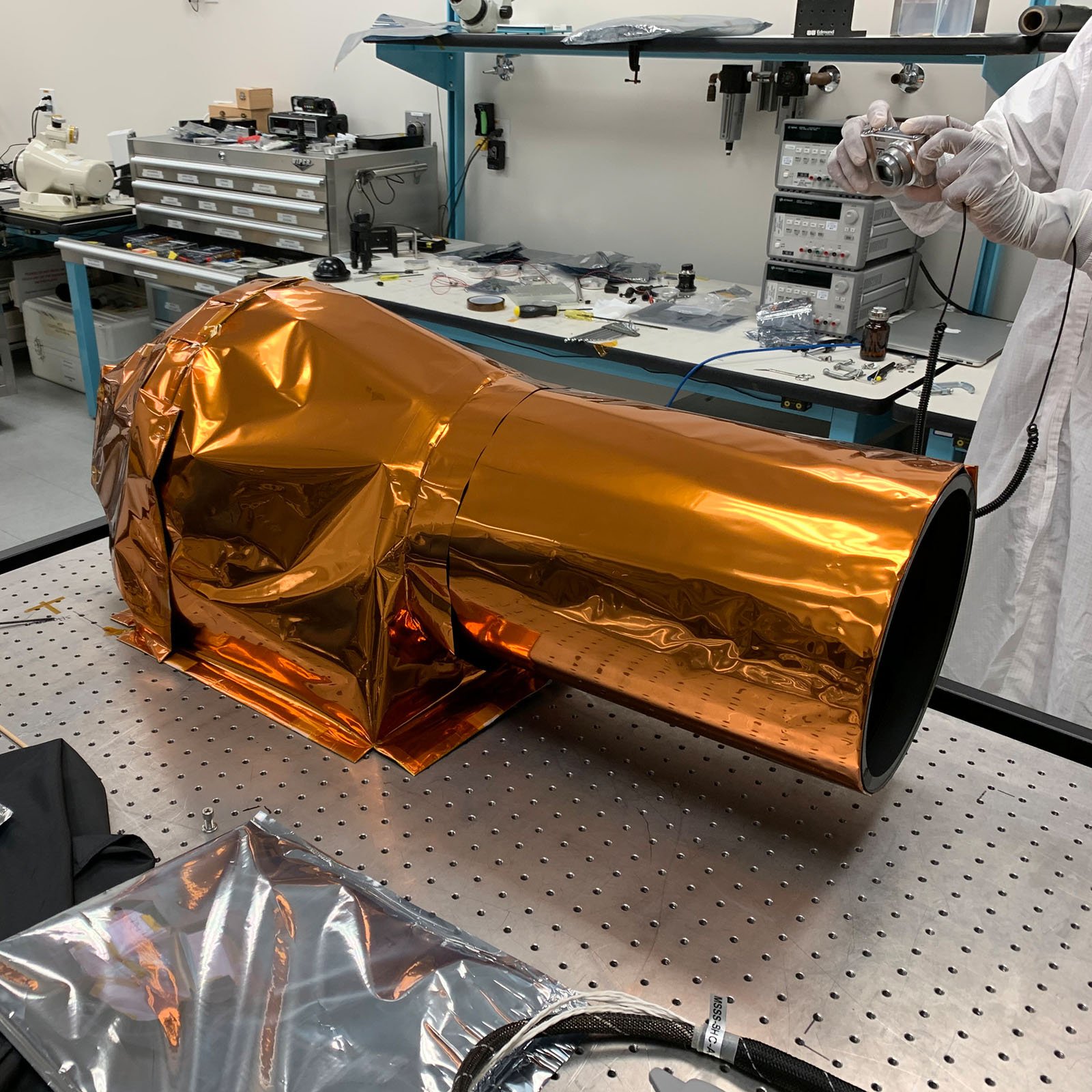
“thermal blanket” for insulation, ShadowCam is 200 instances extra delicate to mild than earlier NASA lunar cameras.| Credit score: {Photograph} by Matt Clark, Malin Area Science Methods
Talking of the particular area situation usually, Mutchler explains that, “the newest area imagery is wonderful, and it’s all as a result of genius of the scientists and engineers that proceed to create and construct unimaginable machines to discover the photo voltaic system and past…At Nationwide Geographic, we shortly realized the second was proper to gather the newest scientific insights and ground-breaking photographs captured by the James Webb Area Telescope (JWST), speak to the consultants behind them, and do our greatest to interrupt it down right into a present accounting of the newest and biggest of the celestial for our readers. The result’s our particular area situation that’s, from cowl to cowl, targeted on the present period of area exploration.”
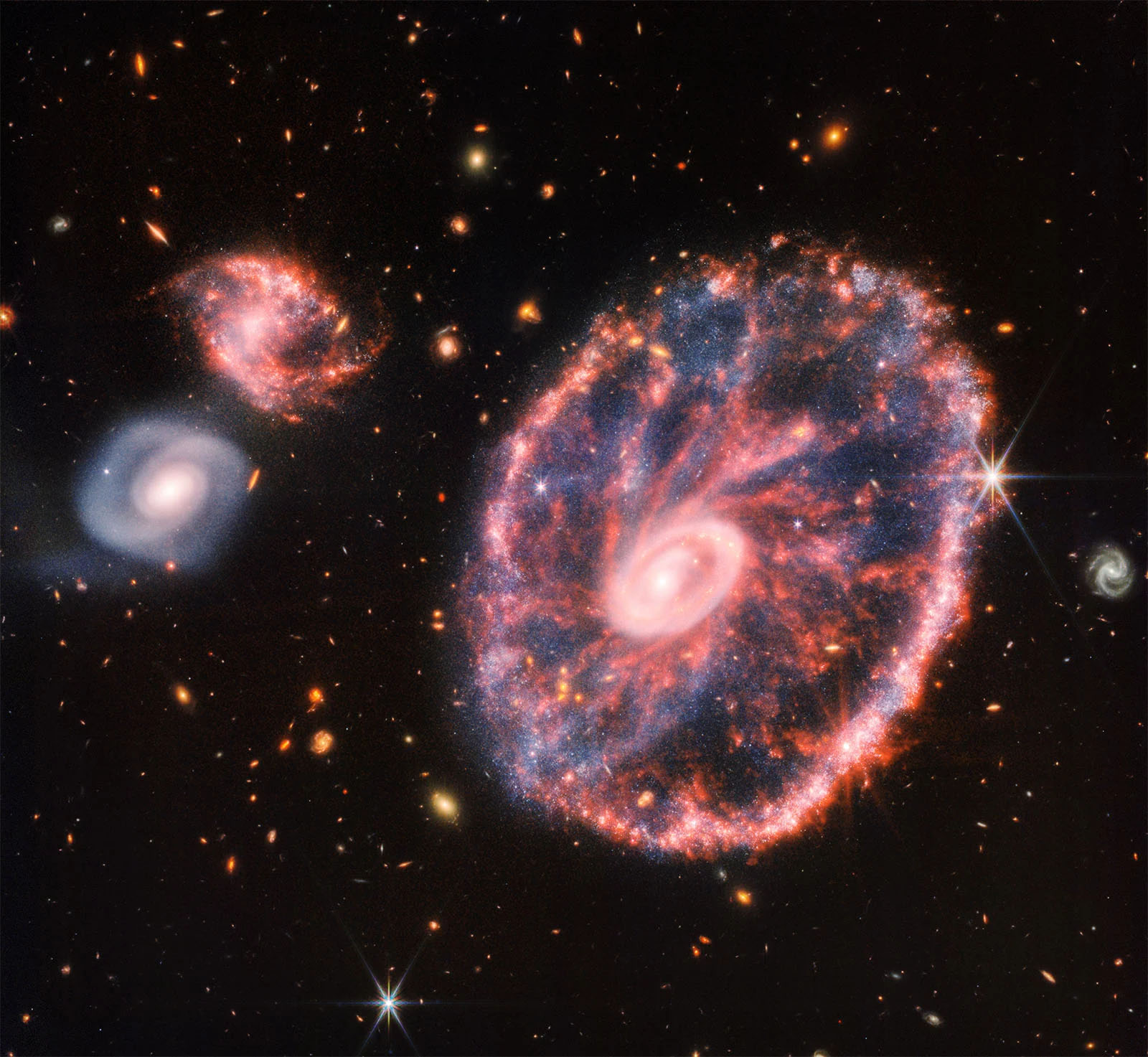
Making Science Accessible By way of Highly effective Pictures and Considerate Writing
The duty of “breaking it down” for readers is a difficult one when contemplating cutting-edge scientific investigations of area. Though humanity’s collective perceive of area is light-years forward of the place it was not even just a few a long time in the past, a lot of the modern science stays exceptionally difficult, and deeply rooted in superior physics and chemistry.
Discovering the proper method to convey the significance of refined scientific discoveries is not any straightforward feat, particularly when a few of the discoveries concern the very nature of the universe itself.
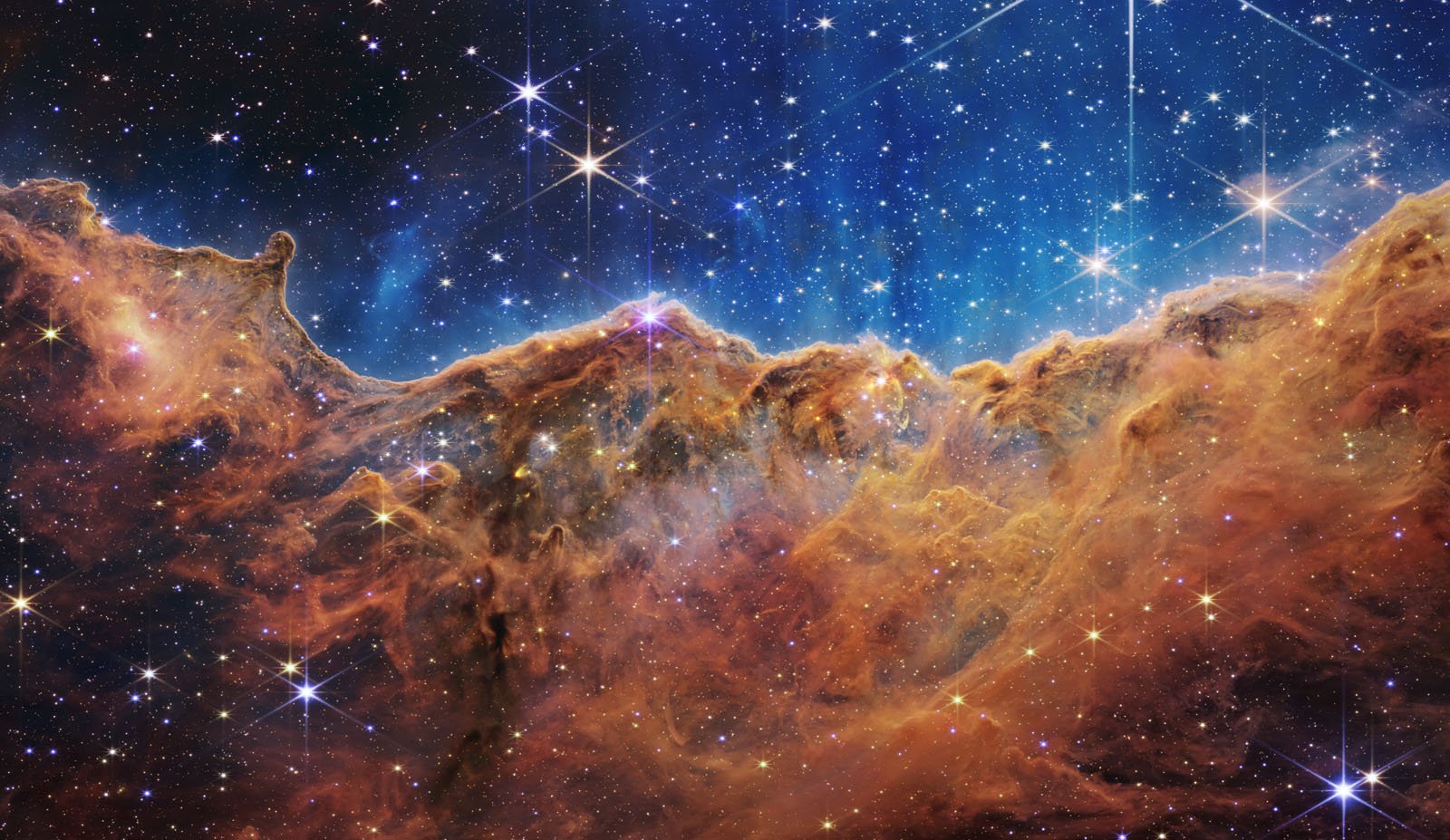
“All of it begins with the wonderful scientists who dedicate a few of their treasured time to share their experience and information. I at all times say that these folks make the Earth spin,” Mutchler explains.
“In flip, Nationwide Geographic has a terrific staff of picture, textual content, graphic, cartographic, and design editors together with top-notch writers, researchers, and replica editors. On the finish of the day, all of us do our greatest to deliver understanding to those complicated concepts from the genius of the scientists as a result of, at Nationwide Geographic, we would like folks to raised perceive the universe they’re dwelling in. We would like people to share within the surprise and awe we really feel once we see these photographs and study concerning the science behind them.”
Is Deep Area ‘Alien,’ or Is it on the Very Core of All Life?
A giant a part of the awe of area imagery is that it could actually straddle the road between the acquainted and the alien. Mutchler argues that maybe “nothing is alien” in any respect, and everyone seems to be linked, with roots tracing again 13 billion years in the past to the Large Bang.
“I’ll defer to the knowledge of John Mather, a Nobel laureate and the senior venture scientist for NASA’s James Webb Area Telescope, who stated in a NASA Q&A: ‘So if we actually wish to know the place our atoms got here from, and the way the little planet Earth got here to be able to supporting life, we have to measure what occurred initially,’” Mutchler tells PetaPixel.
“From our vantage level at Nationwide Geographic, we’re fortunate that the unimaginable celestial photographs just about do the work for us. They’re awe-inspiring simply as they’re, and the extra we dig into ‘what occurred initially,’ which connects us all, the extra intrigue and surprise they engender.”
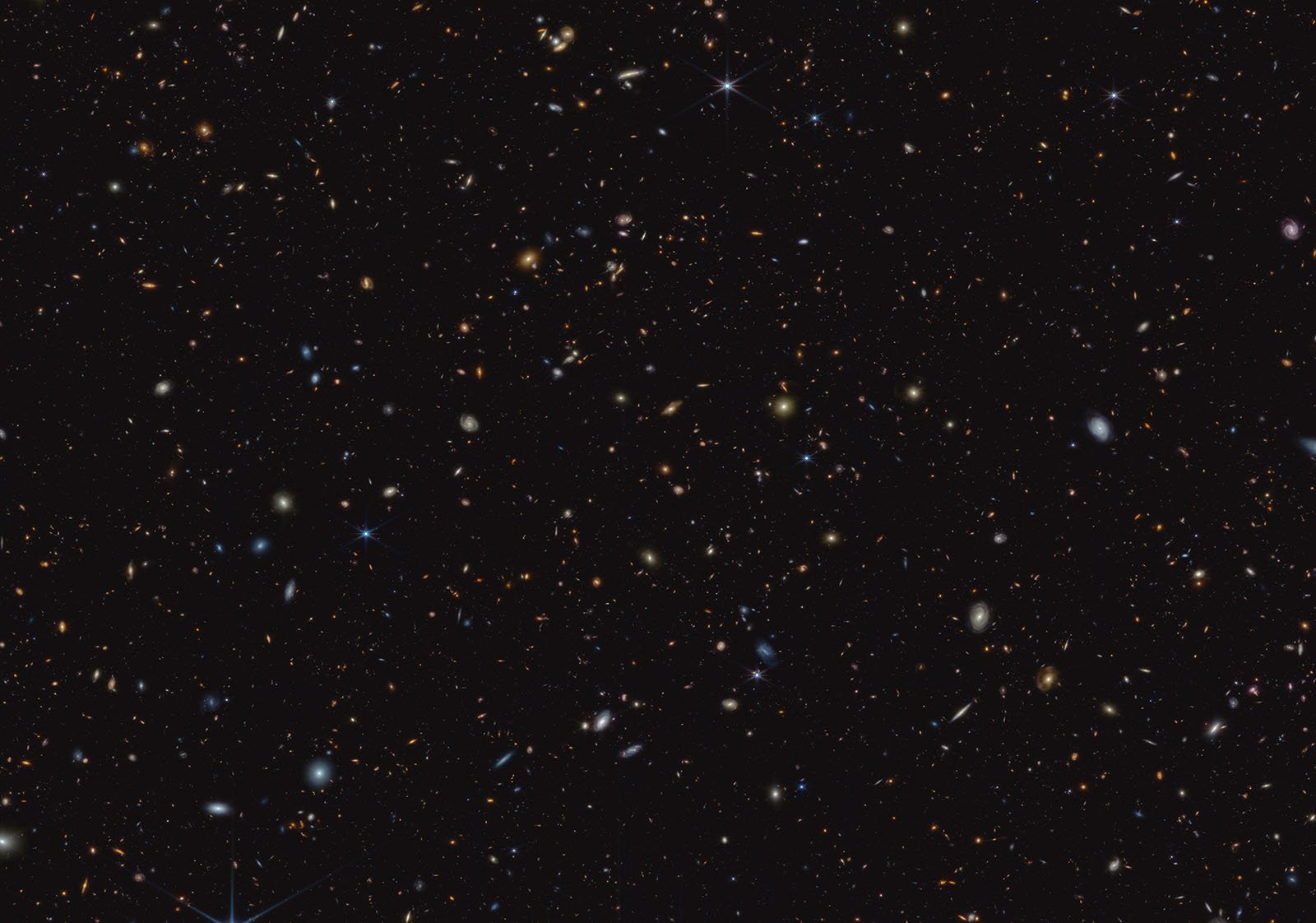
For a lot of, photographs of deep area, exhibiting topics which can be incomprehensibly massive, distant, and outdated, is an extremely highly effective, awe-inspiring expertise.
Even for Mutchler, who has seen numerous area photographs all through his life and profession, the magic by no means disappears.
“I by no means stop to be amazed on the unimaginable pictures and pictures that scientists produce in the midst of their work,” he says.
The Ever-Bigger Expanse and Earth’s Solitude
Nevertheless, it’s not at all times straightforward to current area imagery in a approach that makes it straightforward for everybody to connect with it. For some viewers, sure deep-space photographs are highly effective in a much less optimistic approach; they are often terrifying.
For Mutchler, that vastness — and simply how small Earth really is — is inspiring slightly than upsetting.
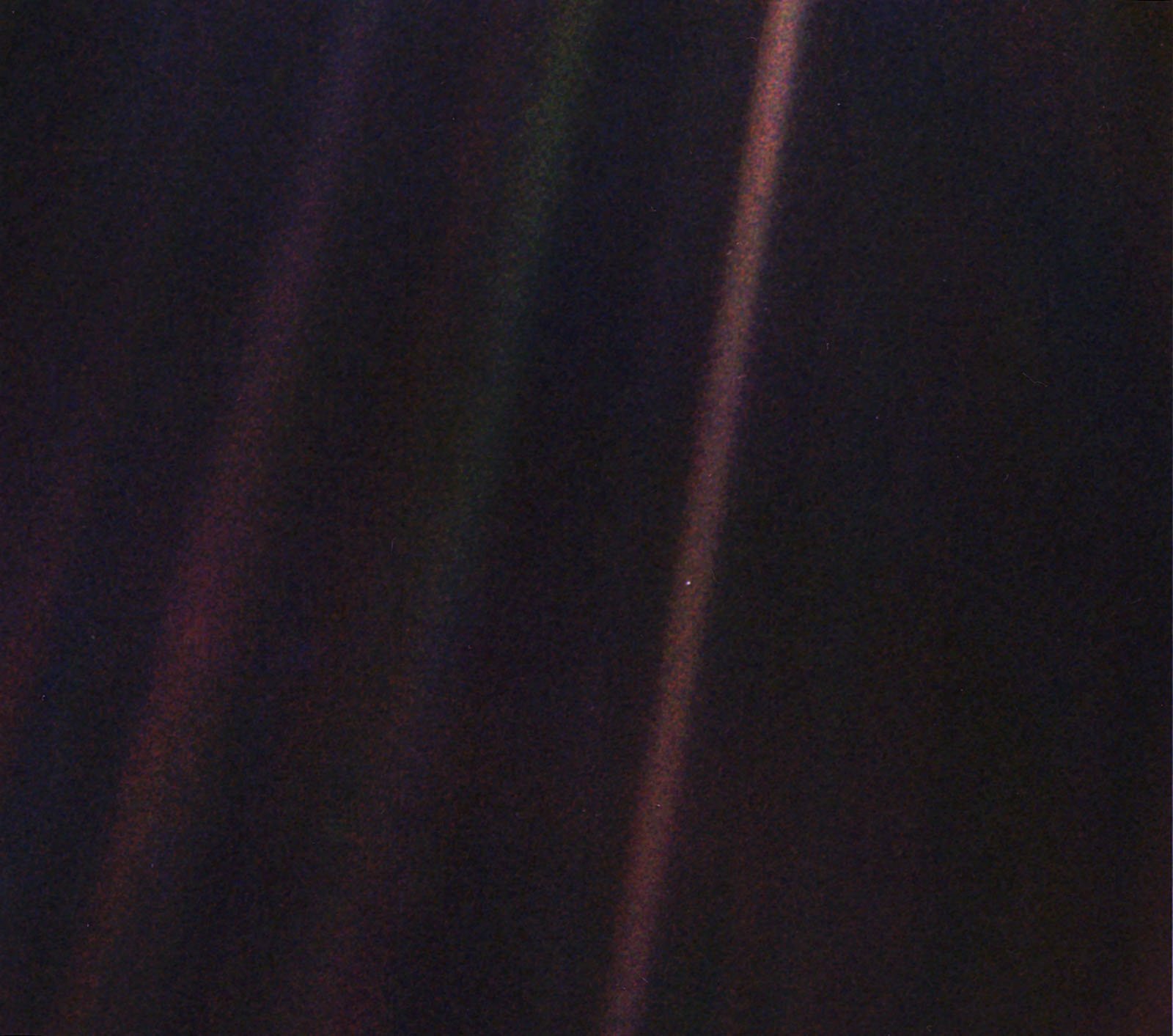
“My favourite area picture (a mosaic of 60 photographs) might be one of the best instance of this. In it, we see Earth showing as a faint speck of sunshine in a sea of darkness,” says Mutchler. “It was taken by the Voyager 1 spacecraft in 1990 from greater than 4 billion miles away because it was rushing out of the photo voltaic system past Neptune. It is named The Pale Blue Dot. Now we have astronomer Carl Sagan to thank for the picture. As a 2019 NASA launch famous: ‘He had the unique thought in 1981 to make use of the cameras on one of many two Voyager spacecraft to picture Earth. He realized that as a result of the spacecraft had been so far-off the photographs may not present a lot. This was exactly why Sagan and different members of the Voyager staff felt the photographs had been wanted — they wished humanity to see Earth’s vulnerability and that our dwelling world is only a tiny, fragile speck within the cosmic ocean.’ The picture serves as an inspiration to us all.”
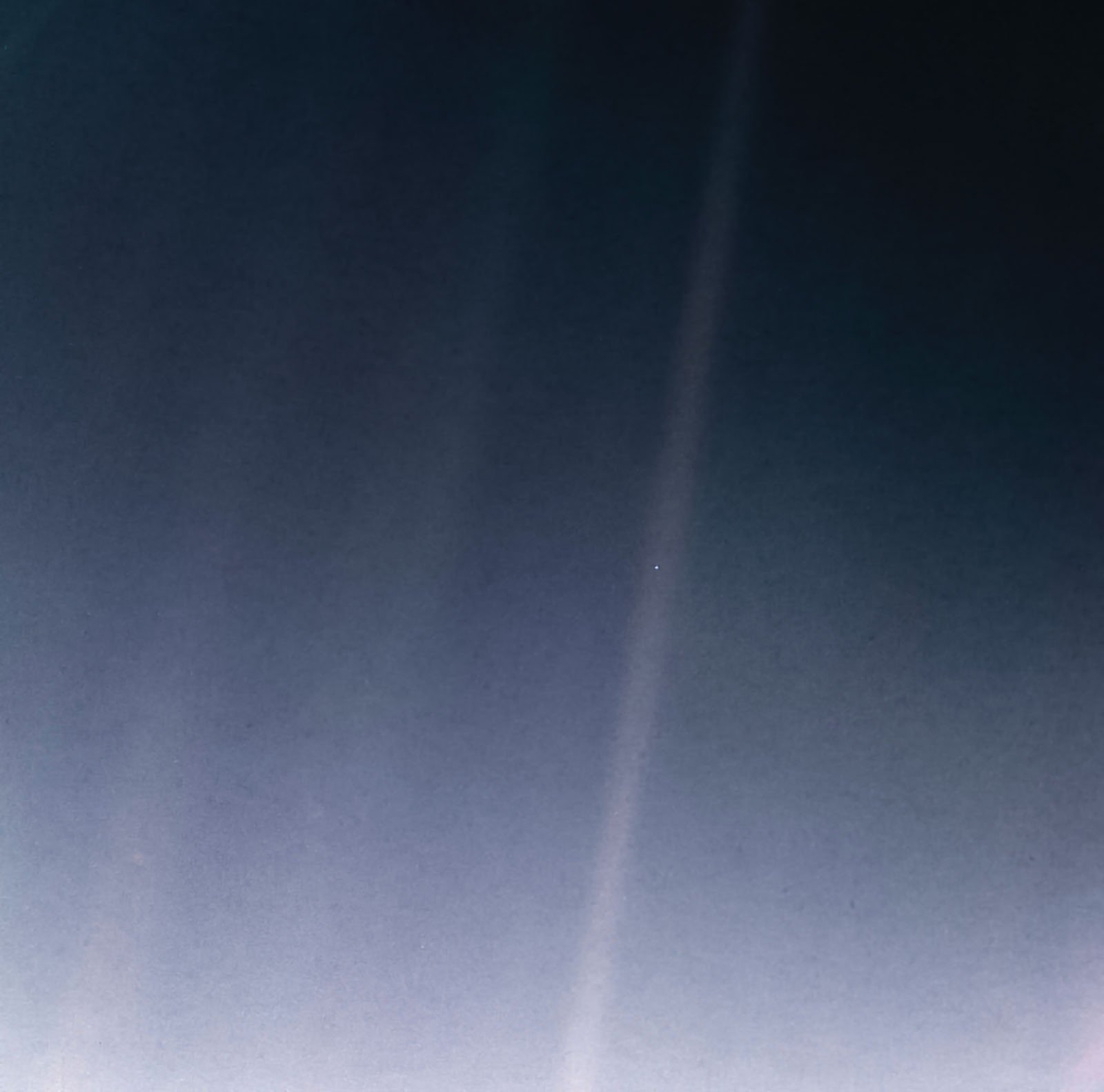
A Starvation for Data Underpins Mutchler’s Work
Kurt Mutchler has seen quite a bit in his almost 30 years at Nationwide Geographic.
“I’ve been fortunate to have labored at Nationwide Geographic for 29 years accruing information and making friendships with scientists to whom I can return to again and again. Tom Abel at Stanford College, whose work we revealed in our JWST story, is a first-rate instance. Science tales take an excessive amount of time to analysis after which speak with scientists to grasp all of it. Brainstorming with writers, editors, and photographers can hone concepts to workable options. By way of the course of all of this, I assemble a working define — why, the place, how, and when — to debate with the photographer. Ultimately, the brilliance of the storytelling is within the palms (and eyes) of the photographers who by no means stop to amaze with me with what they produce. Waking up at 3 AM to talk and brainstorm by way of WhatsApp with a photographer working within the discipline midway around the globe is one thing particular.”
![]()
The eagerness for science and area of Mutchler and the remainder of the Nat Geo employees is on full show within the new particular area situation, which is obtainable now. The subsequent time the legendary journal offers area its personal situation, who is aware of what wonders could have been uncovered and what cosmic puzzles have been solved?






